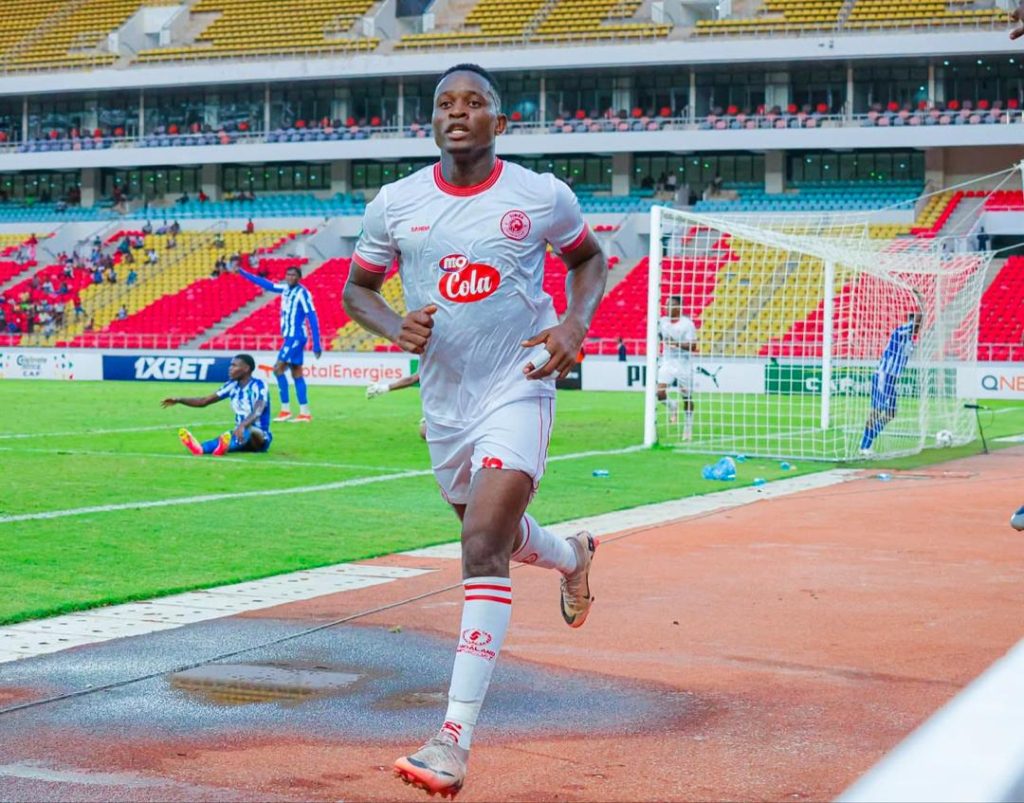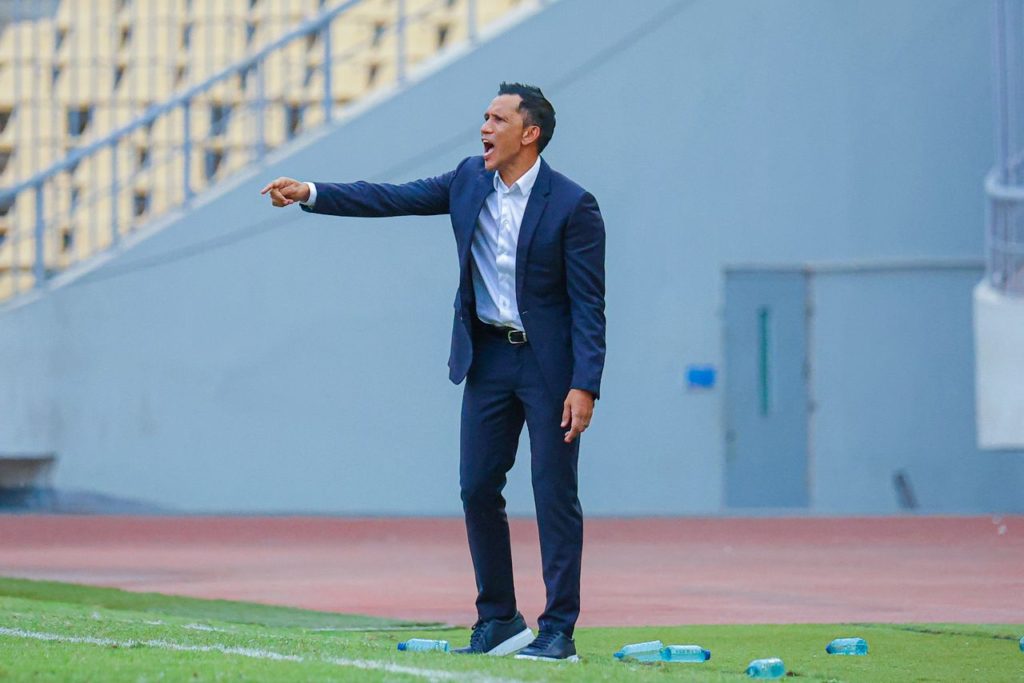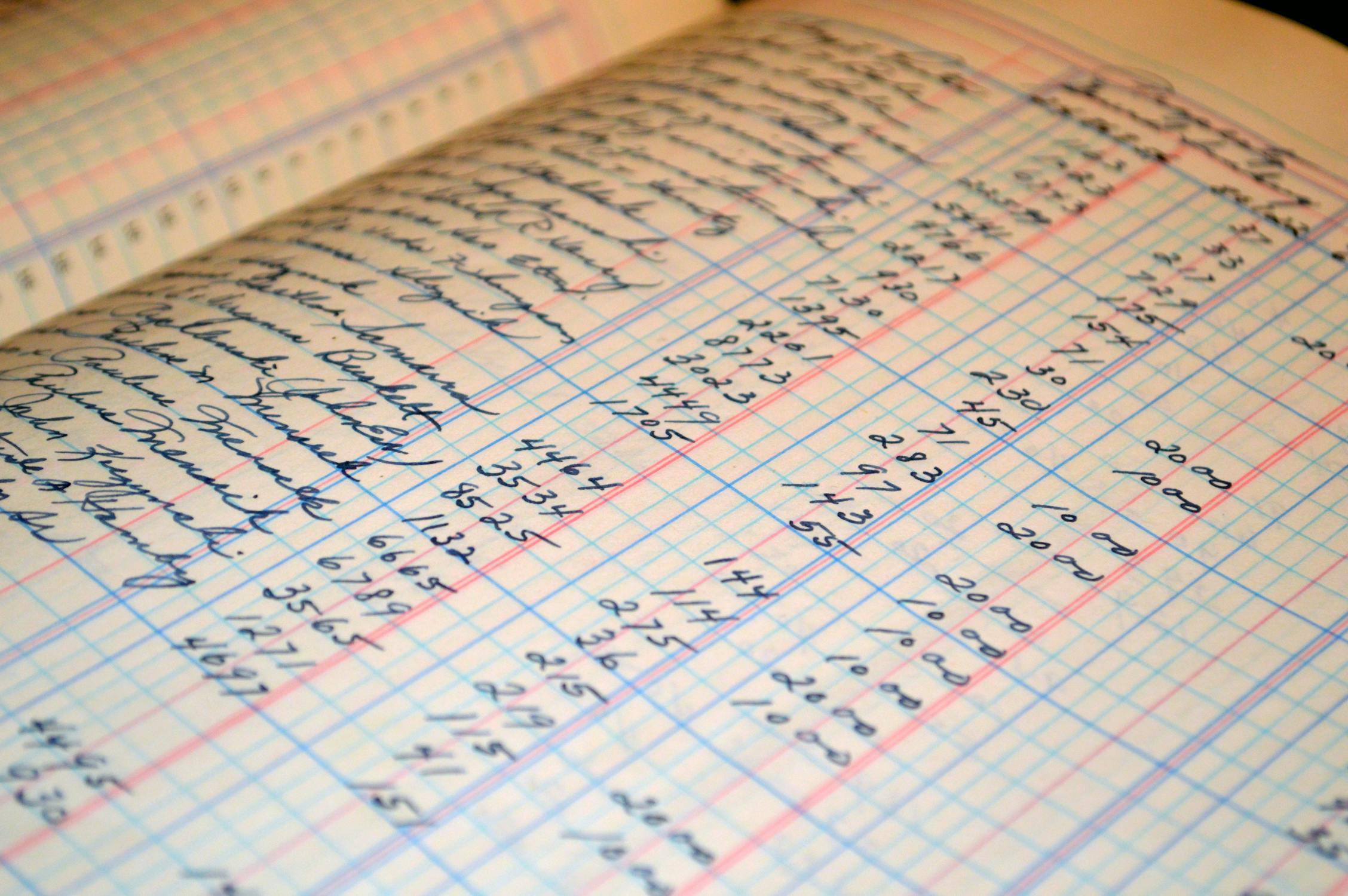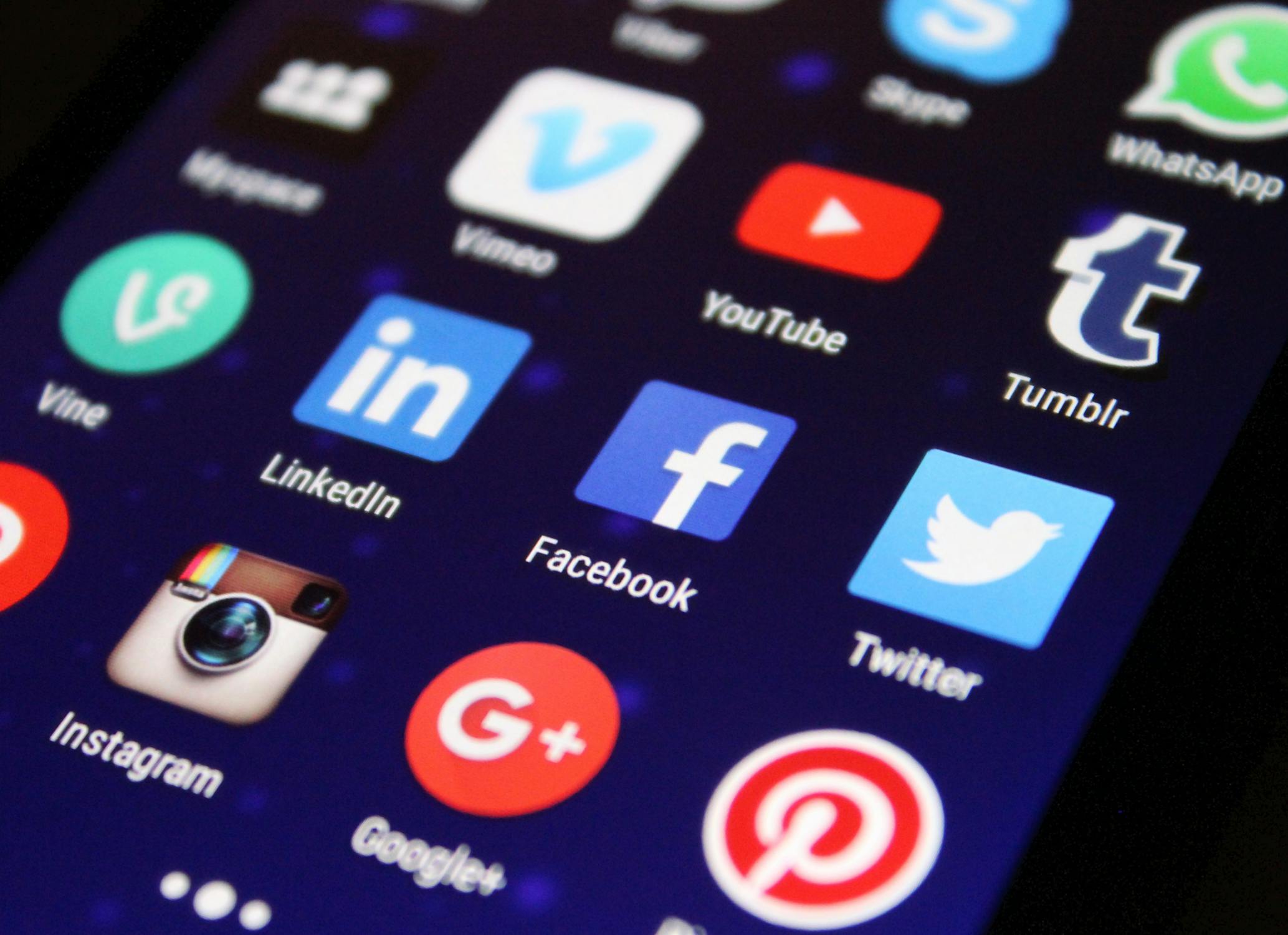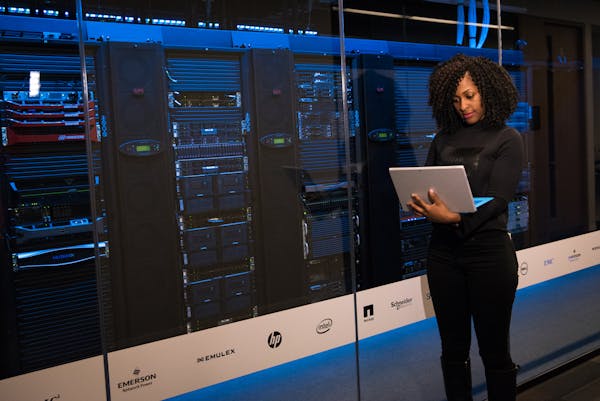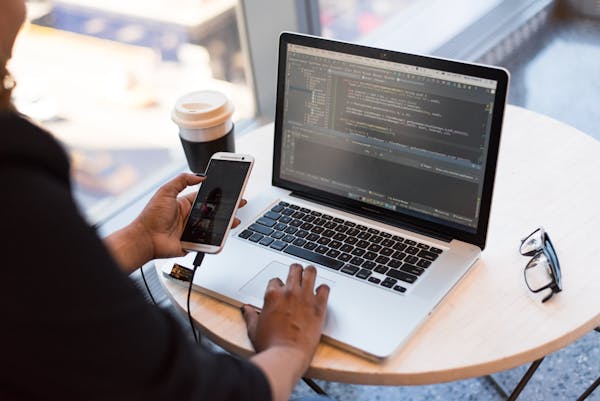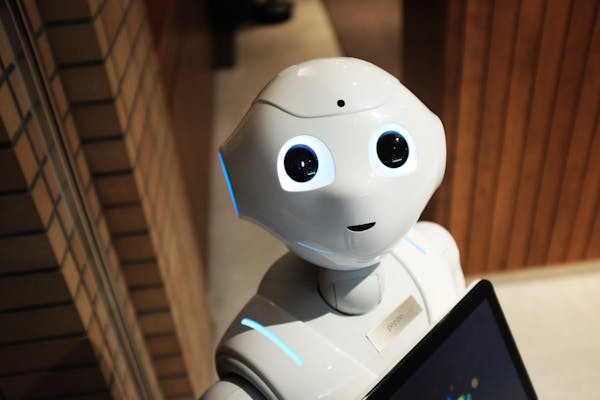
Artificial intelligence (AI) is no longer just a buzzword; it’s everywhere. From self-driving cars to customer service chatbots, AI is transforming industries at an unprecedented rate. But one area where it’s sparking the most debate is in creative careers. Writers, designers, musicians, and even filmmakers are feeling the ripple effects of AI's rapid evolution. Some are worried it will replace human creativity, while others see it as a tool to unlock new possibilities. Let’s dive into how AI is reshaping creativity and what this means for the future of creative work.
AI in Writing: Friend or Foe?
If you’ve browsed the internet lately, chances are you’ve read something written with the help of AI. Tools like ChatGPT, Jasper, and Writesonic are being used to generate articles, blog posts, and even entire books. These tools are fast, efficient, and can mimic human writing styles surprisingly well.
But here’s the catch: AI lacks true creativity. Sure, it can analyze trends, pull in facts, and craft a coherent narrative, but it doesn’t feel. Writers often draw from personal experiences and emotions to create content that resonates deeply with readers—something no algorithm can replicate.
So, does this mean AI will replace writers? Not likely. Instead, writers who embrace AI as a tool rather than a threat will thrive. Imagine spending less time on mundane tasks like proofreading or researching and more time focusing on the heart of your story. AI can handle the groundwork, leaving writers to do what they do best—be human.
Designers and Artists: Between Creativity and Code
AI-generated art has been making waves, from social media posts to NFT marketplaces. Tools like MidJourney and DALL·E 3 allow anyone to create stunning visuals with just a few prompts. Naturally, this raises questions about the role of traditional artists.
Critics argue that AI art steals from human creators, as many models are trained on existing artwork without proper credit. Meanwhile, supporters see AI as democratizing creativity. People who lack traditional artistic skills can now express their ideas visually, leveling the playing field.
For professional designers, the key is adaptability. Those who combine AI with their expertise can deliver faster and more diverse results. Think of AI as a creative partner rather than competition—it can handle repetitive tasks, freeing up time for artists to focus on high-level concepts.
Music and Movies: A New Frontier
The music industry is no stranger to AI. From algorithms that recommend songs to AI-generated compositions, technology has been reshaping the way we create and consume music. What’s new in 2024 is the level of sophistication. AI can now compose entire symphonies or produce pop songs indistinguishable from human-made hits.
In Hollywood, AI is helping directors storyboard films, design realistic CGI, and even generate scripts. However, it hasn’t replaced actors or screenwriters—yet. Instead, it’s becoming a tool to enhance storytelling. For example, AI can analyze audience preferences and suggest plot twists or character developments that are more likely to resonate.
The Ethical Dilemma: Where Do We Draw the Line?
As exciting as AI's creative potential is, it also raises serious ethical concerns. Who owns AI-generated work? Should an artist whose style was used to train an AI get credit—or payment? And what happens to creativity when machines start dictating trends?
The debate isn’t just academic. In some industries, AI has already led to job losses. But at the same time, it’s creating new roles, like prompt engineers or AI ethicists. The challenge is finding a balance where humans and AI can coexist without one overshadowing the other.
So, What’s the Verdict?
AI is changing creative careers, no doubt about it. But instead of fearing it, we should focus on how to use it effectively. Creativity has always evolved alongside technology. Think about the printing press, the camera, or even Photoshop—each innovation initially caused panic but ultimately became a tool that expanded human potential.
In 2024 and beyond, creative professionals who embrace AI will find themselves ahead of the curve. It’s not about choosing between humans and machines—it’s about blending the best of both worlds. The future of creativity is collaborative, and AI is just another brush in the artist's toolkit.
So, whether you’re a writer, designer, musician, or filmmaker, the message is clear: don’t fight AI—work with it. Because the most powerful creativity doesn’t come from machines or humans alone, but from what they can achieve together.
What are your thoughts on AI’s role in creativity? Are you excited about the possibilities or concerned about what it means for the future of art and innovation? Let’s keep the conversation going!
How AI is Reshaping Creativity in Writing, Art, and More.

You Might Also Like
06 minute read
06 minute read
Top Story
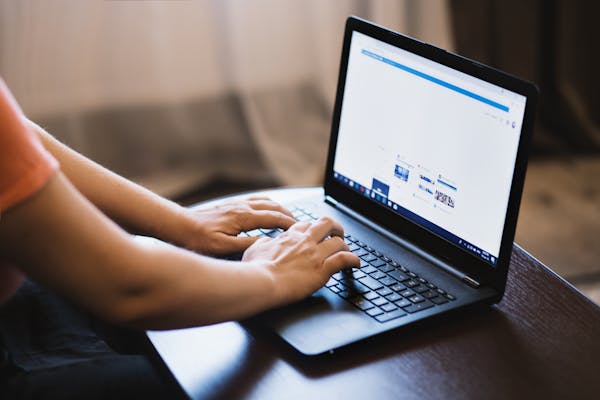
06 minute read
241 Views
